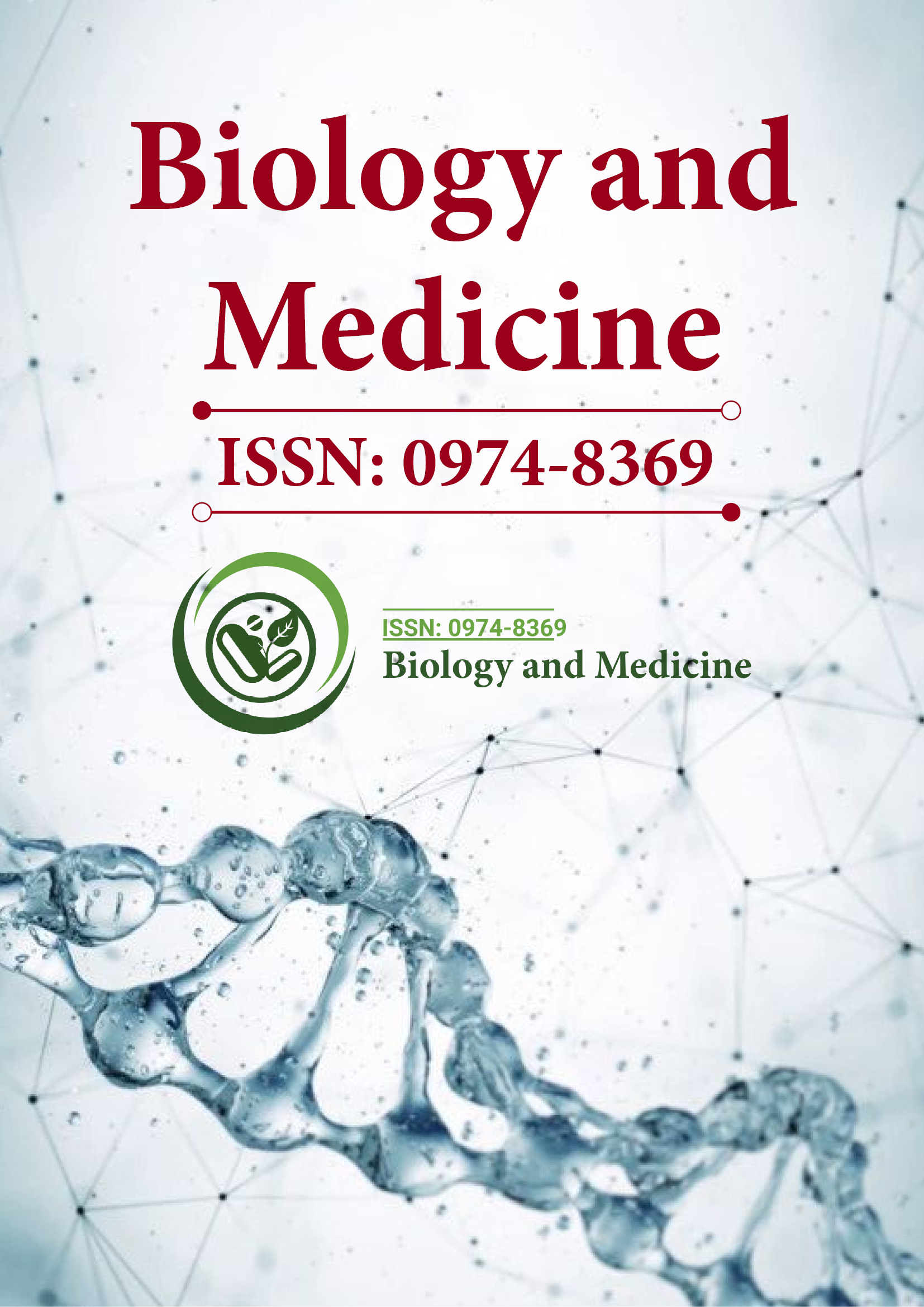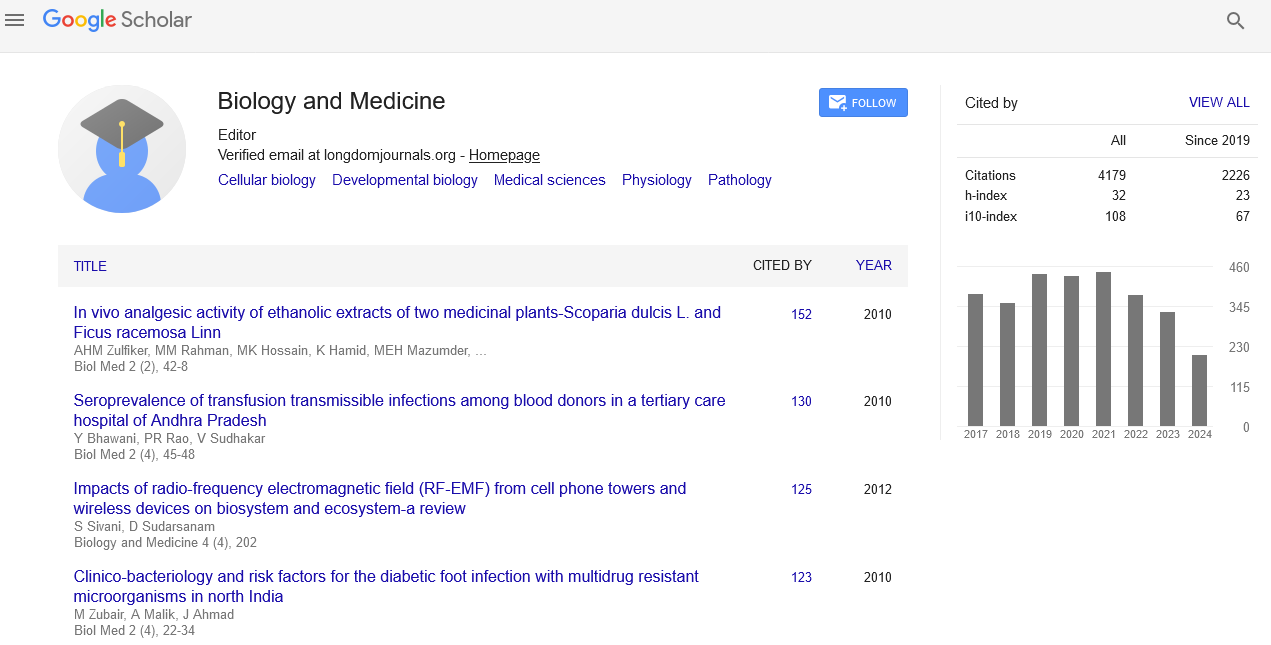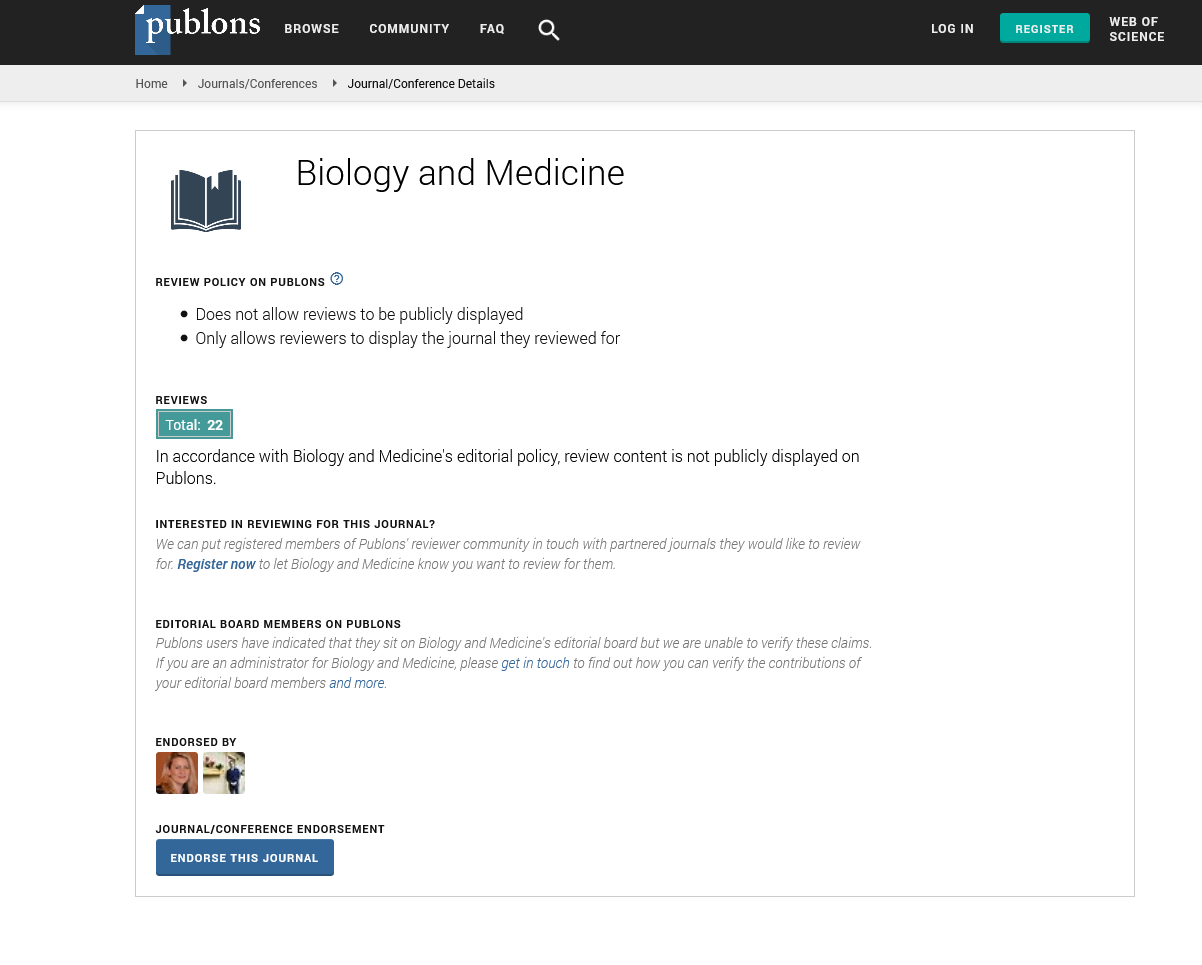Indexed In
- Open J Gate
- Genamics JournalSeek
- CiteFactor
- Cosmos IF
- Scimago
- Ulrich's Periodicals Directory
- Electronic Journals Library
- RefSeek
- Hamdard University
- EBSCO A-Z
- Directory of Abstract Indexing for Journals
- OCLC- WorldCat
- Proquest Summons
- Scholarsteer
- ROAD
- Virtual Library of Biology (vifabio)
- Publons
- Geneva Foundation for Medical Education and Research
- Google Scholar
Useful Links
Share This Page
Journal Flyer

Open Access Journals
- Agri and Aquaculture
- Biochemistry
- Bioinformatics & Systems Biology
- Business & Management
- Chemistry
- Clinical Sciences
- Engineering
- Food & Nutrition
- General Science
- Genetics & Molecular Biology
- Immunology & Microbiology
- Medical Sciences
- Neuroscience & Psychology
- Nursing & Health Care
- Pharmaceutical Sciences
Abstract
Recurrence of Tuberculosis and Associated factors Among Treated Patients
Introduction: Tuberculosis is the disease with the second highest incidence rate and causes the highest mortality rate among communicable diseases in Ethiopia. Recurrent disease is an essential issue in survival analysis: where the same event is observed on the same subject (patient) more than once. Recurrence of TB is still a major problem in high burden countries, where there is lack of resources and no special attention is being given to this issue. The rate of recurrence is highly variable and has been estimated to range from 4.9% to 47%.
Methods: The data for this study was extracted from 338 Tuberculosis patients’ during monthly follow-up period (2010-2016). Descriptive statistics such as frequency table was used to summarize the data. Log-Normal frailty model were used in determining the risk factors associated with time to recurrence of Tuberculosis disease.
Results: Recurrence of tuberculosis was highest (21.3%) among patients in the age group 26-40 years. Out of 338 subjects, 62.2% of tuberculosis human immune deficiency virus Positive and 78.4% of the patients were alcohol drinker. The results of shared log-normal frailty indicate that initial body weight (P ≤ 0.05, CI = (1.02, 1.05), past medical history (P ≤ 0.05, CI (1.60-4.44), TB category (P ≤ 0.05, CI:(1.36 - 3.76), residence(P ≤ 0.05, CI: (1.37-2.90), HIV status (P ≤ 0.05, CI: (0.48-0.96), alcohol use (P ≤ 0.05, CI: (0.32-0.76), localization of TB (P ≤ 0.05, CI: (0.44- 1.01) were the most prognostic factors for the recurrence of tuberculosis.
Conclusion: The author concludes that Patients with risky behaviours, such as alcohol consumption and risky clinical factors, such as positive HIV status or previous family history, have a higher recurrence. Therefore, considerable attention should be given to those significant explanatory variables in order to reduce recurrence of Tuberculosis.
Published Date: 2021-11-25; Received Date: 2021-11-04


